B-52. Loaded with bombs
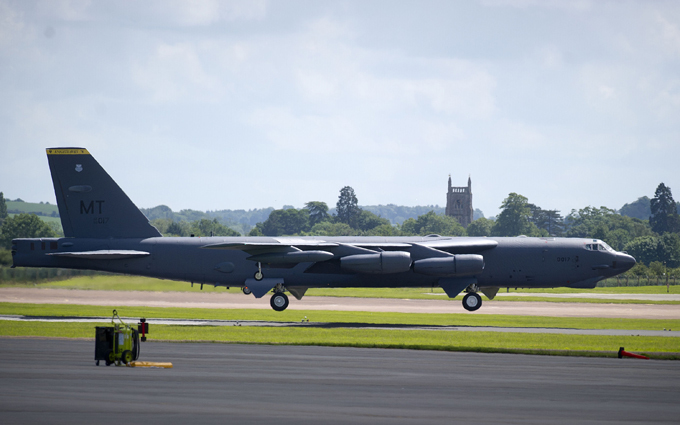
Built to carry nuclear weapons for Cold War-era deterrence missions, the B-52 Stratofortress replaced the Convair B-36. A veteran of several wars, the B-52 has dropped only conventional munitions in combat.
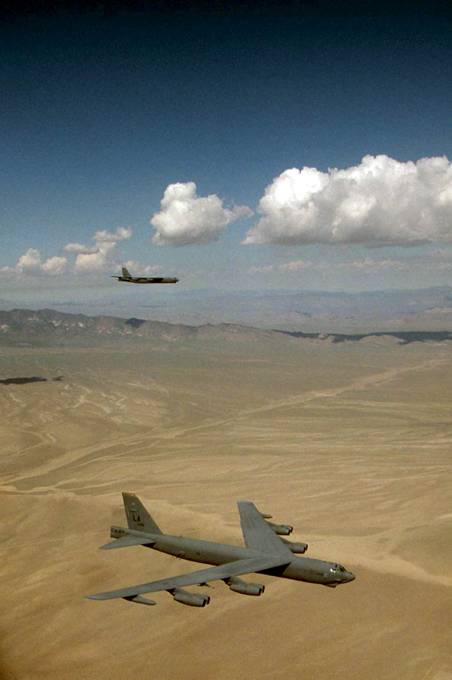
The B-52 completed sixty years of continuous service with its original operator in 2015. After being upgraded between 2013 and 2015, it is expected to serve into the 2040s.

Air Force scientists are working to arm the B-52 with defensive laser weapons able to incinerate attacking air-to-air or surface-to-air missile attack

Starting in 2016, Boeing is to upgrade the internal rotary launchers to the MIL-STD-1760 interface to enable the internal carriage of smart bombs, which can currently only be carried on the wings

After the fall of the Soviet Union, all B-52Gs remaining in service were destroyed in accordance with the terms of the Strategic Arms Reduction Treaty (START). The Aerospace Maintenance and Regeneration Center (AMRC) cut the 365 B-52G bombers into pieces. Completion of the destruction task was verified by Russia via satellite and first-person inspection at the AMARC facility
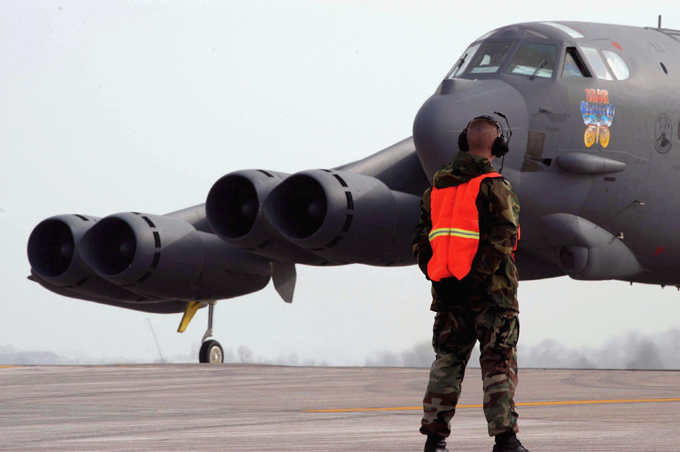
B-52s are periodically refurbished at USAF maintenance depots such as Tinker Air Force Base, Oklahoma. Even while the air force works on a new bomber, it intends to keep the B-52H in service until 2045, nearly 90 years after the B-52 first entered service, an unprecedented length of service for any aircraft, civilian or military
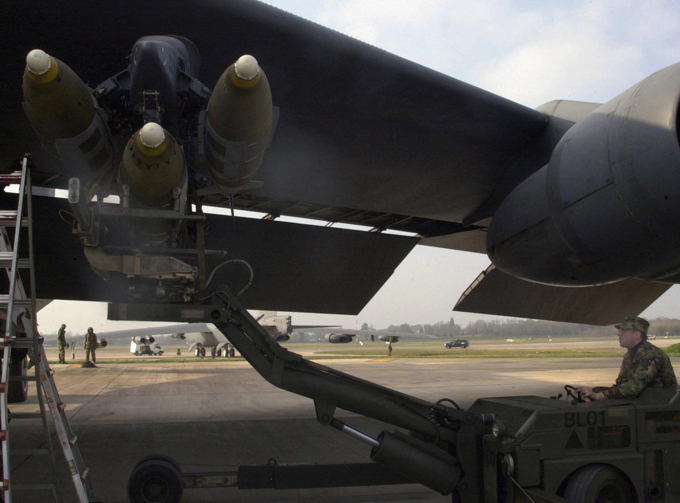
On 9 April 2016, an undisclosed number of B-52s arrived at Al Udeid Air Base in Qatar as part of Operation Inherent Resolve, part of the Military intervention against ISIL. The B-52s took over heavy bombing after B-1 Lancers that had been conducting airstrikes rotated out of the region in January 2016
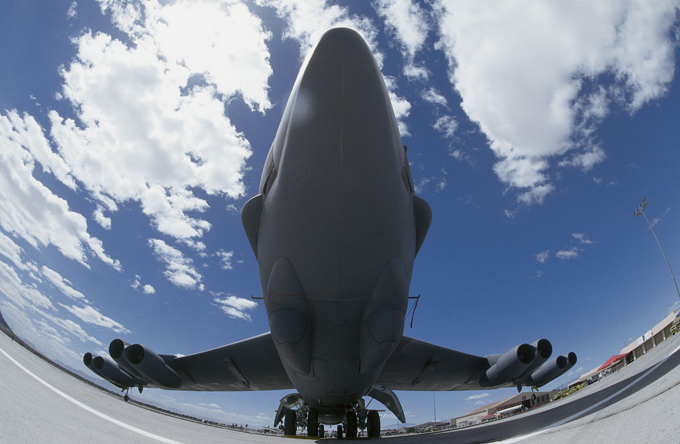
In April 2016, B-52s arrived in Afghanistan to take part in the War in Afghanistan (2015–present) and began operations in July, proving its flexibility and precision carrying out close-air support missions



